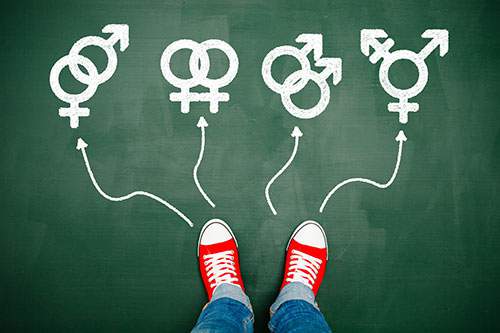 JAMA Pediatrics recently published a new study that explored how children aged 9-10 felt about their sexuality and gender. Jerel Calzo and Aaron Blashill from San Diego State University used data from the Adolescent Brain Cognitive Development Study ABCD. The ABCD is an initiative by the National Institute of Health that recruited 7500 children at ages 9-10 and will follow them into their young adulthood.
JAMA Pediatrics recently published a new study that explored how children aged 9-10 felt about their sexuality and gender. Jerel Calzo and Aaron Blashill from San Diego State University used data from the Adolescent Brain Cognitive Development Study ABCD. The ABCD is an initiative by the National Institute of Health that recruited 7500 children at ages 9-10 and will follow them into their young adulthood.
Data from ABCD was released earlier this year and gave a profile for the first 4519 participants in the study.
The results show that 0.2% of the participants said that they were bi or gay and that 0.1% said they were transgender. These children provided definite answers to the best of their knowledge.
The results for the children that were uncertain showed that another 0.7% said that they were “maybe” gay or bi and 0.4% said that they were “maybe” transgender.
The numbers for “yes” and “maybe” answers were added together since the researchers wanted to show “probable” numbers rather than definite numbers. When added together, 1.26% were found to probably be gay, bi, or transgender.
Out of all participants, only 23.8% of the 9 and 10 year olds said that they did not understand the question. This statistic shows that most kids (76.2%) that age already possess an understanding of what sexual orientation is, even if they are straight.
The study also surveyed the parents and found that 6.7% of their parents thought their child “might” be gay or bi while another 1.2% thought their child “might” be transgender.
On the study, Blashill from SDSU said:
“For so long, social scientists have assumed that there is no point in asking kids at this age about their sexual orientation, believing they do not have the cognitive ability to understand. This is the first study to actually ask children about their sexual orientation this young.”
h/t: lgbtqnation.com, CDC
